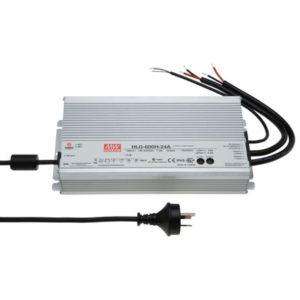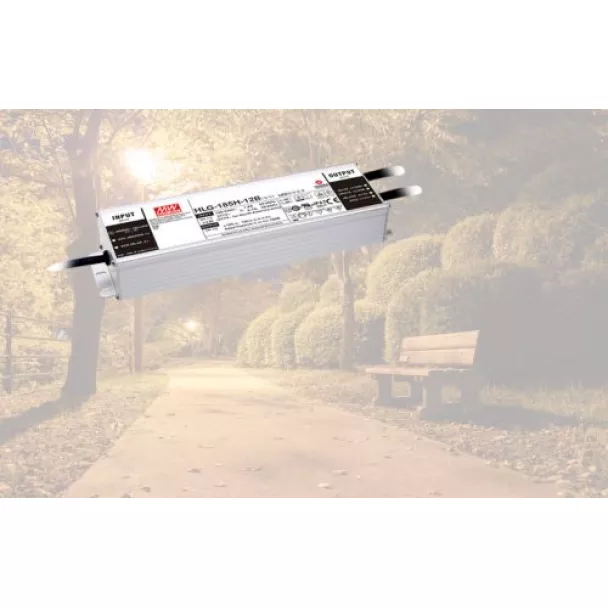Important Information - Installing LED Drivers Outdoors
Many LED drivers have either an IP67, IP66 or IP65 ingress protection rating.
This means that they are resistant to rain penetrating the outer surfaces of the LED driver and making contact with the internal components.
However, there are a couple of things you need to take into consideration when installing this type of LED driver outdoors.
They are:
- Risk of corrosion of metal bodied LED drivers.
- Exposure to direct sunlight.
Risk of corrosion.
In some circumstances it is possible that metal bodied LED power supplies can corrode due to electrolysis.

This can occur if the LED driver is mounted outdoors where it is exposed to weather and is in contact with the ground, either directly, or indirectly. For example, if it is mounted on a brick or concrete wall that is exposed to rain.
This effect has been observed in power supplies that have an aluminium case.
The electrolysis process is caused by a small current flowing into the metal case from external sources. The external source can be the DC output of the LED driver itself via the wiring to the lights it is powering, from other power supplies in the same vicinity, or other completely unrelated power sources, such as stray ground currents flowing from other electrical equipment in the house, or from dissimilar metals used to mount the power supplies. Railway and tram lines are prone to electrolytic corrosion by stray currents.
Power Supplies Australia recommends that you consider adopting one of the following methods to prevent the risk of electrolytic corrosion:
- Protect the supply from rain. Even if the LED driver is insulated from the ground or the wall, if it gets wet, the water can provide a circuit for the stray current to find a path to the case of the LED driver.
- Insulate the LED driver from the mounting surface by using plastic mountings and mount the LED driver away from the wall so the case is not touching the wall.
- Use a sacrificial anode such as zinc to prevent corrosion of the case metal. The zinc anode must be in electrical contact with the case of the LED driver. Because zinc is more active than aluminium, it will corrode first. You must keep an eye on the zinc anode and replace it if it corrodes away. Boating people use this technique to protect their steel or aluminium hulls from electrolytic corrosion.
- Use a sacrificial zinc anode buried in the ground close to the LED driver to conduct any stray current to earth. Ground the anode to the same earth point as the LED driver. The same conditions apply as above – keep an eye on the zinc and replace it if it corrodes too much.
Exposure to direct sunlight.
NEVER mount a LED driver in direct sunlight. This will cause the temperature inside the LED driver to soar past what they can endure and could result in a failure. Such failures are not covered by a manufacturer’s warranty.
Power supplies should be shaded from the sun.
Don’t forget to check the derating curve in the LED driver data sheet, if the ambient temperature the LED driver is expected to work in is higher than 25°C.
If you have any questions about installing LED drivers outdoors, please contact Power Supplies Australia.
